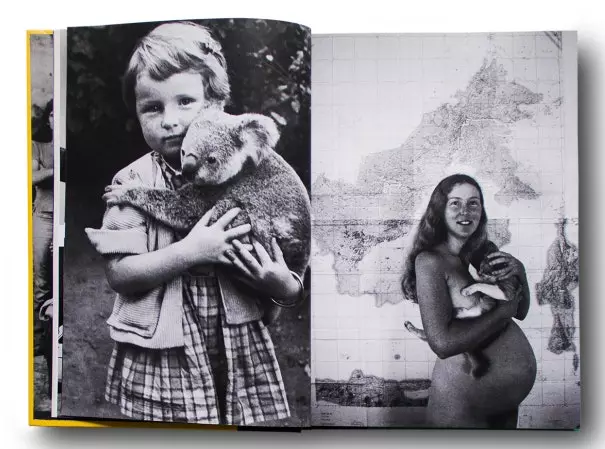
Portrait of the supertourist before he knew he was
We talked to him in the bookstore Factory (Calle de la Alameda 9, Madrid) where he exposes these memories so visual and plastic that it seems that, to the touch, they will teleport you to the streets of Jaipur or to the landscapes of Myanmar. But after observing these travel diaries so unorthodox, so beautifully imperfect, we realize that we are still on the ground floor of this cultural space that exhibits, on its walls, the life and work of Max Pam with _ Autobiographies ._ Enjoy it until January 8 or forever, giving yourself the homonymous book that includes the exhibition and the works of Max Pam.
Your first trip was a crazy roadtrip from Calcutta to London via Afghanistan (traveling as an astrophysicist's photographic assistant) , what does one learn about the art of travel from such an adventure?
That was THE most exciting trip, without a doubt . It was 1970 and now, that same route, you can no longer do it. Imagine: it was the spring time that I left my house, from the melbourne suburbs , I was 19 years old... it was the first time I took a plane and... to land in Singapore! And suddenly it dawned on me. "Hey, this is what was missing from my life," I said to myself. We went through Istanbul, then Greece, Yugoslavia... it was Tito's Yugoslavia. Incredible. That roadtrip was a kind of cultural curtain that opened before me.
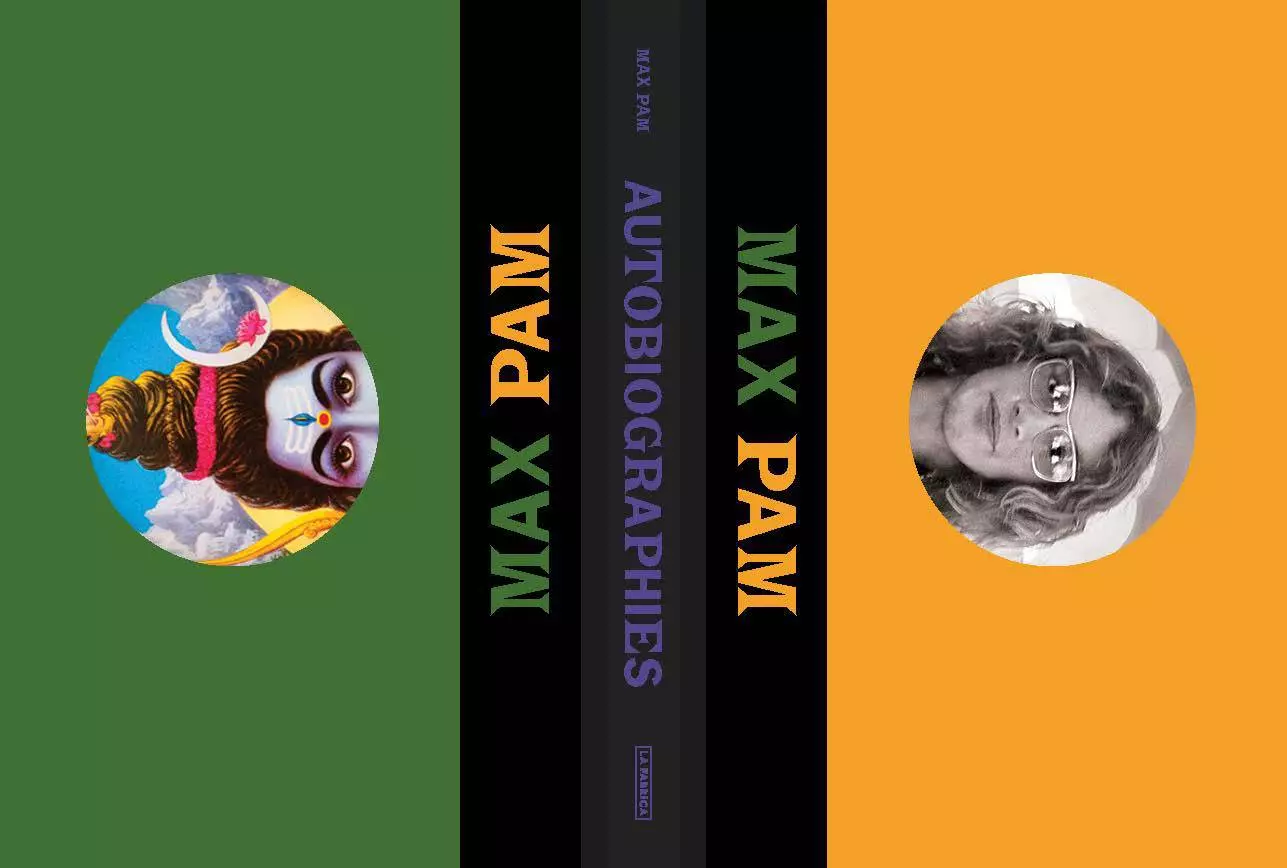
Max Pam, 'Autobiographies'
What places moved you in a most radical way on that trip?
India and Afghanistan . Afghanistan is a beautiful place. We never see it that way because we have the image of war and television... but when you get there you realize that it is one of the most beautiful countries in the world . Although India still has my heart in her hands.
what happened to you in India and why have you come back so many times?
In this century it has not been like that: I was already satisfied with the trips I made in the past. But yes, India, and Asia in general is the perfect counterpoint if you live in Australia . It is the possibility of finding that feeling of adventure that it exists in Asia and that it does not exist in Australia (at least not in the same way). When you arrive in Asia, you are overwhelmed by an emotion for decode society there , the way in which those cultures work and give you feedback; They explain how you are and what you represent to them. These are countries with very specific codes that are very proud of their culture and if they consider that you have disrespected them, they give you instructions, but they do not do it in an annoying way: they involve you, they teach you, like the Thais do . It's those details that you don't see at home _(referring to Australia) _. You are invisible. But you arrive in Asia and the people there look at you and wants to play with you, shake you, move you from one place to another : is to go from being a zero to the left to being someone in the countries of Southeast Asia.
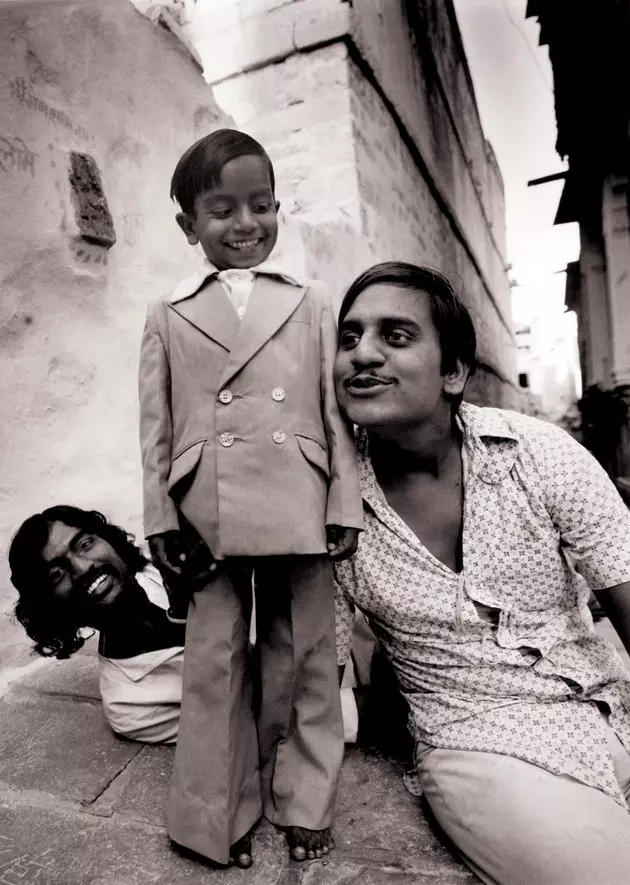
"India still holds my heart in her hands"
What do you suggest we visit in Asia to fall in love with it like you did?
I come from Australia which is a completely flat country. And I saw snow for the first time when I was 20 years old : came from the total Australian plain and, suddenly... you find yourself with the himalayan mountain range . Huge, fairytale-like mountains that touch the sky... and there it was, a snow-capped peak. That moment left me touched . It happened during a route that we made from the northeast area of the Himalayas to Karakoram, in Pakistan, a route of mountainous, massive beauty : It is an amazing experience. In this area there are so many belief systems, cultural customs... It has everything: it's beauty, theology, culture.
You can also dedicate yourself to experiences in the desert . There are desert cultures in India, Jordan, Pakistan and Afghanistan (although you can't travel to the latter now, it wouldn't work; it does in Pakistan). Deserts are a delightful experience (like the desert where Lawrence of Arabia, Aqaba ) .
And Asia also boasts jungle and rain forest, like in Borneo. In Asia there are primary experiences, of nature.
And if we talk about culture and big cities: Kyoto, Bangkok, Manila, Hong Kong, Shanghai It is also an interesting city although it can be quite boring... I have to say that China disappoints me. I think the national tourism industry is taking it... And why visit a disappointing place when there are so many exciting places to visit?
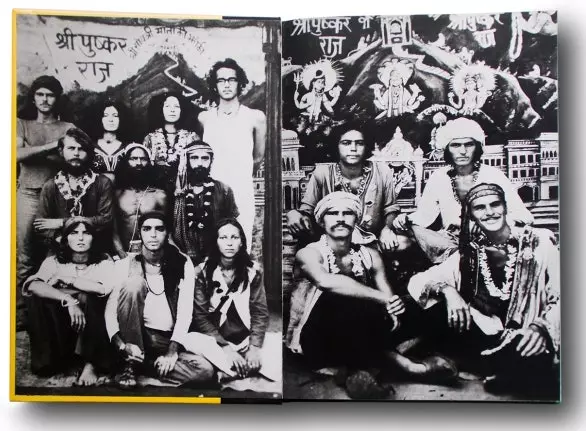
India, the great photographic work of Max Pam from the 70s and 80s
What advice would you give to a new traveler in Asia?
You have to be careful almost anywhere. Like anywhere else on the planet. But... you have to know what you're going for. For example, in countries like Thailand (which is a fundamental place in the tourism industry) culture is being used in an almost excessive way, icons are abused: Thailand is being sold as a place where people drink, take drugs... and here is the danger, in getting into the game by bombarding cultures with these ideas.
That is why it is important to think well what really interests you about the destination, and thus design your trip (you can do it yourself) or ask someone from there -or an agency in the country- to help you find and live real experiences. I think this is the correct logic.
Your travel photography focuses more on people and specific situations than on places. In what way would you say that the territory determines people?
I think in my case it is the feeling you have of the place, the culture, the climate, the gastronomy ... The way people live is fascinating. Nature is indivisible from where you grow up, but also other aspects. What I believe is that many times it is not so much the people themselves as the human connection that marks my photography. I'm from Perth, but you go to Timbuktu and the people are the same: we come from the same place. It is interesting to see the connections between people because each country reacts to people differently: in some countries there is eye contact, in others they don't look at you... but you always know if you can photograph them, if you can talk... You arrive at a new destination and it's very exciting: it's like a script to be written and you have to understand it: how do they work? how do they interact with each other? And when you decipher it, its thing is to function like a sponge and learn. This is the way to approach Humanity.
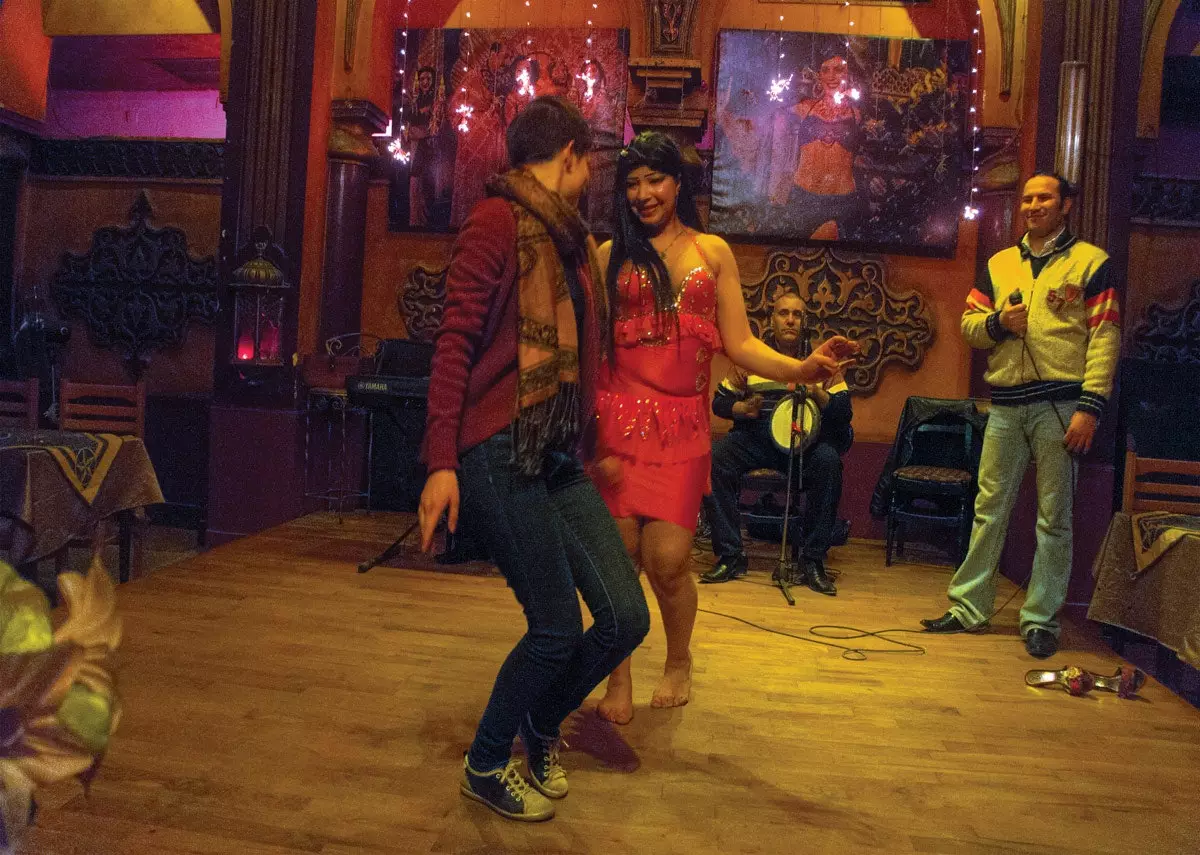
Max Pam, 'Autobiographies'
How are the personal portraits you make ways of understanding the place?
Since I was young I have invested a lot of time expressing cultures . I have not been a few weeks: I have been months and months immersed in that place. They were cultures in which I lived: if you spend a long period you establish serious relationships, close friendships, and each friendship gives you a different vision of the country ... you become part of their family structure, which is one of the building blocks of a country.
Many of your photographs border on the uncomfortable. Why is it so important to face it and continue shooting?
Every photo I have taken has been generated in a comfort zone . Because we were all adults and agreed. How people interpret the photo is another thing. And it's something I'm passionate about. It is one of the most interesting parts of photography. People who say, but what perversion is this? And I love that! It allows you to include the viewer's narrative in the image itself. There are images that, for whatever reason, touch you in a certain way. I understand that when my works are seen, each one has their own perception, they take on a different meaning depending on who is observing them.
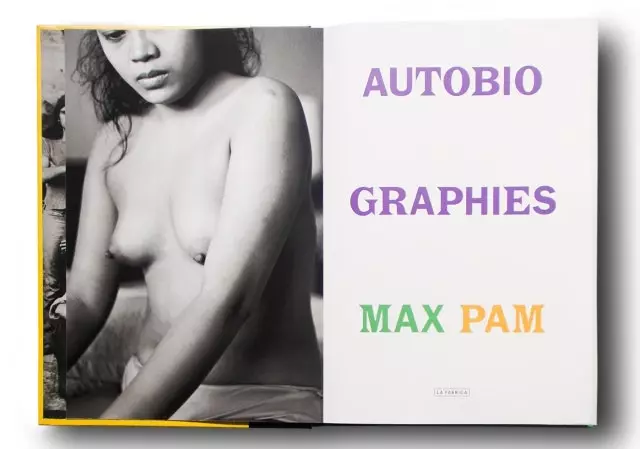
The awkward photographer
Would you make a plea for travel diaries?
I like to read books, I like the way people talk about their lives through novels, through non-fiction books... When reading a book you learn to tell what is happening, to narrate. You can do it. It is a medium that allows you to explain things with a certain delicacy situations that happen in nanoseconds (that do not give time to photograph) but that are important and that you can keep forever. There are moments that you can't ruin by taking out the camera but later you remember them and what you do is “generate reports” , you write your life, you perpetuate memories about what you've been doing... That's the mystery of life: we don't know what people think; you assume, you imagine... and you can be completely wrong (at least the 90% of the time you are wrong ) . I think having a camera with you is great, it's a way to show what's going on. But journaling with you, even doing a watercolor, doing anything that can add value to the travel experience, is a way to revalidate the culture you're immersed in and a way to enrich yourself and the trip. this kind of repository of experiences invites you to explore the majesty of travel.
Would you make a plea for postcards?
My mother loved that send pictures and, to this day, at 95 years of age, this being from another century is still waiting for them. We all agree that sending you a postcard is still a precious detail and makes you think, come on! Let's go for the stamp, for the postcard... it's pure discipline! Facing a boring social network, a postcard says more, much more, because you have made all this effort to communicate with that person you love. What is the difference between the emoji and the postcard? The postcard will last forever. Your emoji... we don't know where it goes.
In my case, I remember when my children were little, in the late 1980s, I used to send a postcard a day. It was like episodic writing. And they waited for the postcards to arrive and they also sent me from home. It was, at the same time, a way of imagining them, to visualize what was happening in my home: I saw them expectantly and reading my postcards . When you travel and you are alone, you feel disoriented "where am I?" "what is this?" And I had my postcards almost like personal therapy.
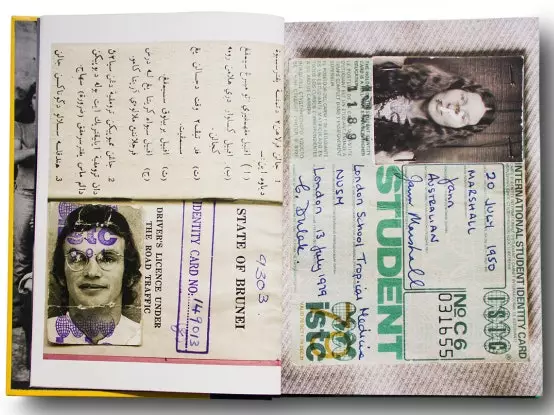
Argument in favor of travel diaries
What role does photography play for today's techno-travelers and what role should it play?
People laugh a lot about the selfie stick. But it is as valid as a camera. You travel alone and want to keep track of what's going on. I wonder: Is it so different from what I do? It's your journey and it's your way of traveling. It is a perfectly valid way of reporting what is happening. And they can also be collected into collections. And in that way you can also work and give rise to a series of things.
When I started I generated content with my project and my ideas. Now, the process is more homogeneous, but I don't think that prevents you from including other elements. It has to do with all the different platforms that allow this form of communication. It can be fun, because you want to inform the Facebook world, well great... but that way it becomes ephemeral. But if you accumulate this information and structure it... you can turn it into a project, a job, even a documentary. For example, William Dalrymple has created a project of photographs of world ruins with an iPhone. So yes: you can make it work even professionally.
What is a supertourist ? Do you consider yourself one of them?
Superturist is the headline of one of my books and it came from a quote from Susan Sontag _(Sontag argued that the tourist was the extension of the anthropologist) _ and I thought, yes, that's right, it's kind of what I do. It has to do with registering and taking samples of culture and taking advantage of them, squeezing them. I fit that description perfectly.
